
Join us for
Art Journaling/Expressive Writing Workshop
Journeys: Travel with Imagination
Design the road trip or adventure of your dreams!
Sunday, Nov 17, 2013
1:30-3:30 pm
Art Therapy on Hudson
465 Broadway
Hastings-on-Hudson, NY
914-584-1820
[email protected]
Seating limited to 8 - make your reservation now!
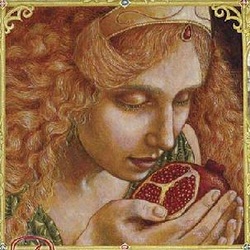
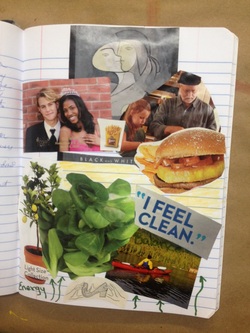
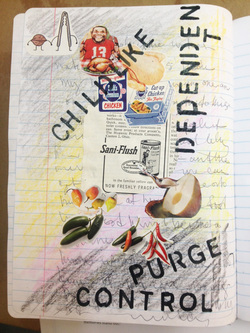
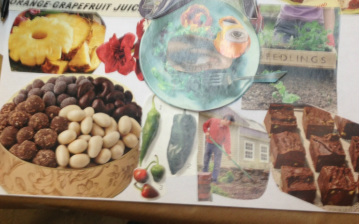
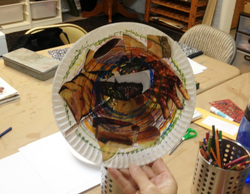
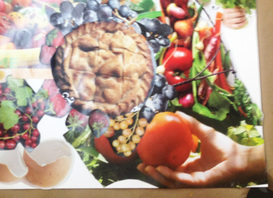
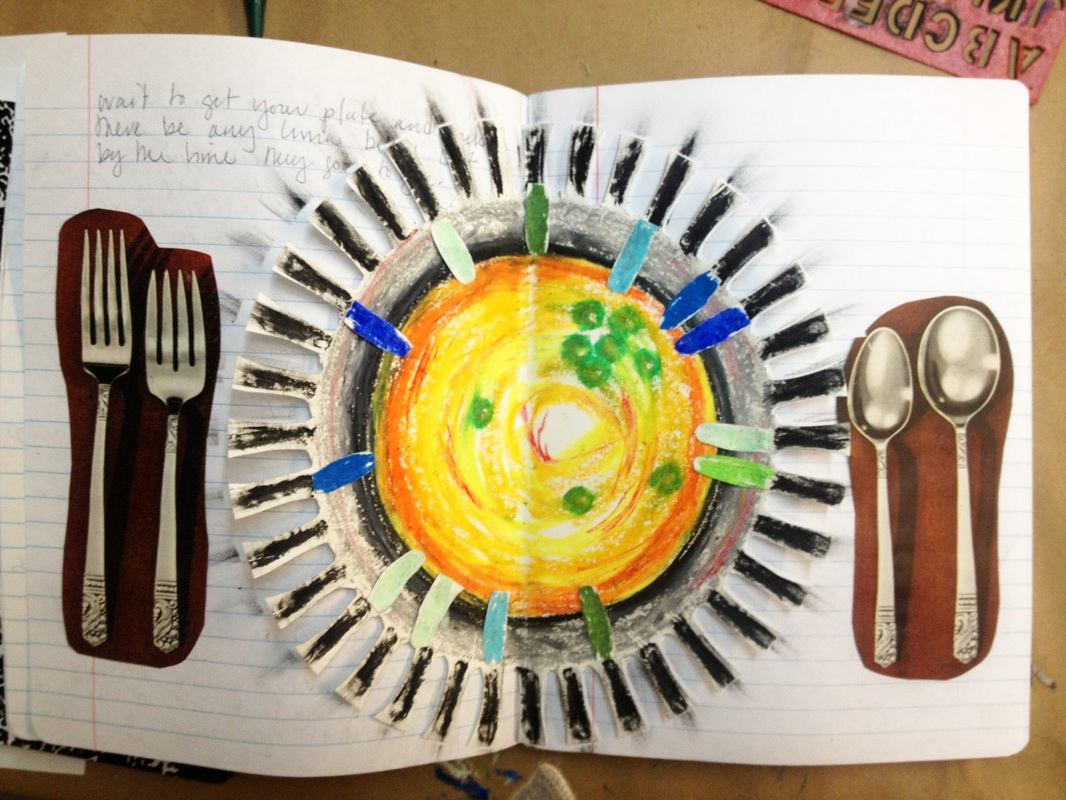
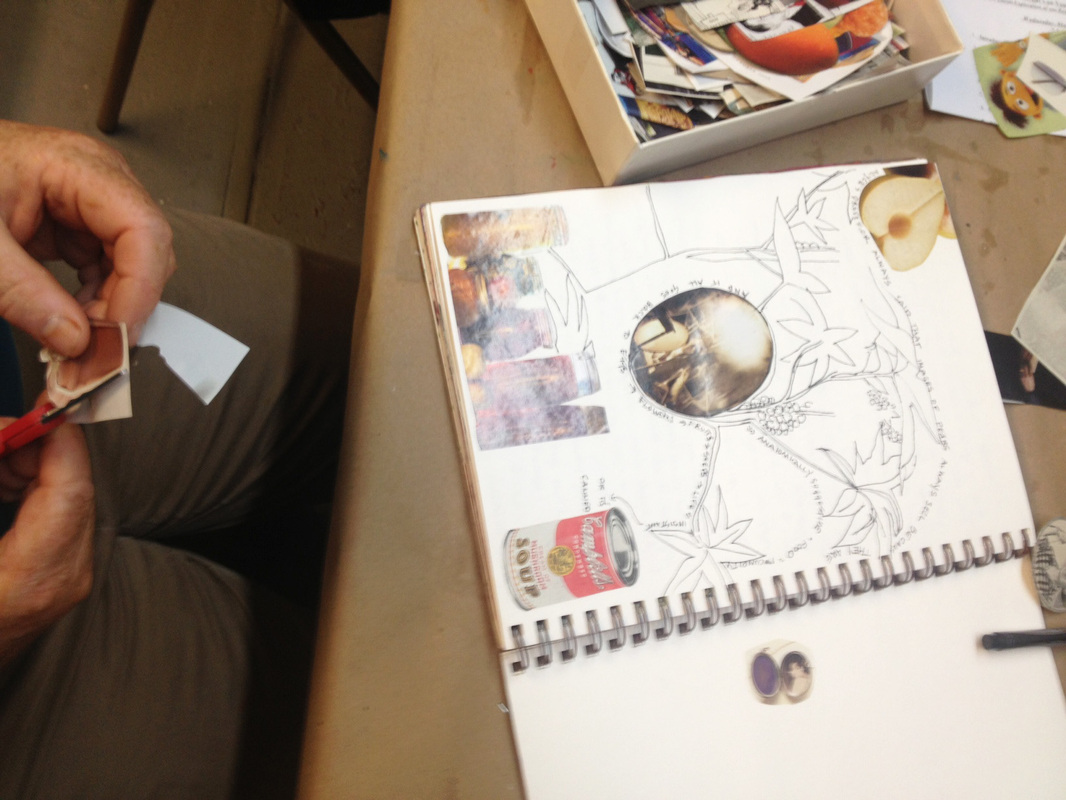
 RSS Feed
RSS Feed